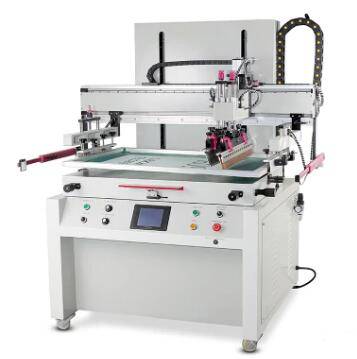How has the advancement of digital printing technology impacted the printing machinery industry
2023-10-25
The advancement of digital printing technology has had a significant and transformative impact on the printing machinery industry in several ways:
1. Short-Run and On-Demand Printing: Digital printing allows for cost-effective short-run and on-demand printing. Traditional printing methods often required expensive setup and plates, making short runs impractical. Digital technology allows printers to produce small quantities economically, catering to niche markets and personalized products.
2. Variable Data Printing: Digital printing machinery excels in variable data printing, where each printed piece can be customized with different text, images, or graphics. This capability is highly valuable for personalized marketing materials, direct mail campaigns, and other applications.
3. Quick Turnaround: Digital printing eliminates the need for lengthy setup times and plate changes, enabling quick job turnaround. This is crucial for meeting tight deadlines and accommodating last-minute changes.
4. Reduced Waste: Traditional printing methods often result in considerable setup waste (makeready) as the press is adjusted for each job. Digital printing reduces makeready waste because it doesn't require plates, making it more environmentally friendly and cost-effective.
5. Lower Setup Costs: Traditional offset and flexographic printing presses have substantial setup costs, making them suitable primarily for long print runs. Digital printing machinery has lower setup costs, making it more accessible to small businesses and startups.
6. Color Consistency: Digital printing provides more precise color management and consistency, reducing the need for manual color adjustments. This ensures that colors remain consistent throughout the print run and across different print jobs.
7. No Minimum Quantity: Traditional printing often required a minimum print quantity to be cost-effective. Digital printing has no minimum quantity requirements, allowing for economical production of even a single copy.
8. Prototyping and Proofing: Digital printing is widely used for prototyping and proofing in product design and packaging industries. It allows for the creation of high-quality mock-ups and prototypes without the need for expensive plates or tooling.
9. Variable Imaging: Beyond variable data, digital printing machinery enables variable imaging, which means different graphic elements can change from one piece to another. This is valuable for applications like packaging with localized imagery or special promotions.
10. Wider Substrate Compatibility: Digital printing technology has evolved to handle a broader range of substrates, including textiles, ceramics, metal, wood, and more. This expansion has opened up new markets and applications.
11. Personalization and Customization: The ability to print custom and personalized content has become a significant trend in the printing industry. It's used in areas like direct mail, packaging, labels, and promotional products.
12. Inkjet Advancements: Inkjet printing technology has seen remarkable advancements, with increased print speeds, higher resolutions, and improved ink formulations. These improvements have expanded the capabilities and market reach of digital printing machinery.
13. Web-to-Print Services: The growth of web-to-print services and online print ordering platforms has been driven by digital printing technology. Customers can design and order printed materials online, which are then produced using digital printing machinery.
14. Integration of Smart and IoT Technologies: Some digital printing machines are incorporating smart and Internet of Things (IoT) technologies for remote monitoring, predictive maintenance, and automation.
Digital printing technology continues to evolve, offering greater flexibility, quality, and efficiency. While traditional printing methods still have their place for specific applications, the versatility and accessibility of digital printing machinery have reshaped the printing industry and opened up new opportunities for businesses of all sizes.



